US President Donald Trump finally signed the trade deal phase one with Chinese Vice Premier Liu He yesterday. Trump hailed that both countries are “righting the wrongs of the past and delivering a future of economic justice and security for American workers, farmers and families.” And the deal has “total and full enforceability.” On further tariff relieves, he added, “I will agree to take those tariffs off if we’re able to do phase two, otherwise we don’t have any cards to negotiate with.” Chinese President Xi Jinping said in a letter that the deal is “good for China, for the U.S. and for the whole world”. And, “in the next step, the two sides need to implement the agreement in earnest.”
Some core elements of the deal including an action plan for China to strengthen intellectual property protection within 30 days. The proposal would include “measures that China will take to implement its obligations” and “the date by which each measure will go into effect.” American companies will be ensured to work “without any force or pressure from the other Party to transfer their technology to persons of the other Party.” China will also increase purchases of US products by at least USD 200B over two years.
Questions remain on implementation of the deal even though Trade Representative Robert Lighthizer insisted there is a strong enforcement mechanism “with real teeth”. Some criticized that the enforcement mechanism is too simplistic, as it’s ultimately just a decision of one party pulling out.




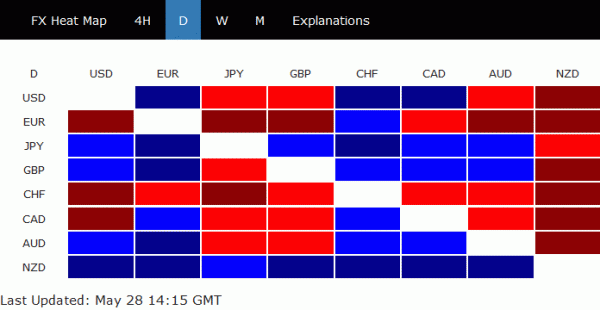
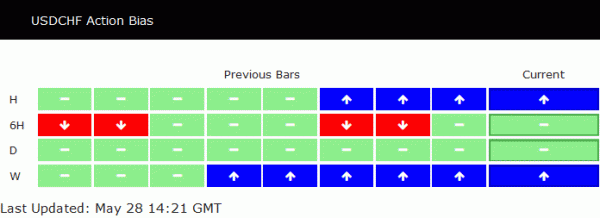
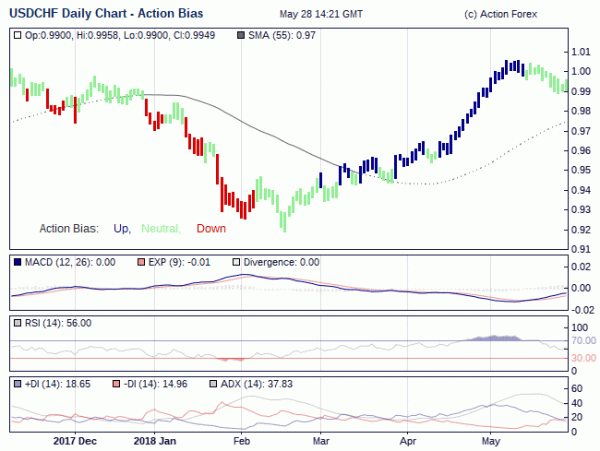
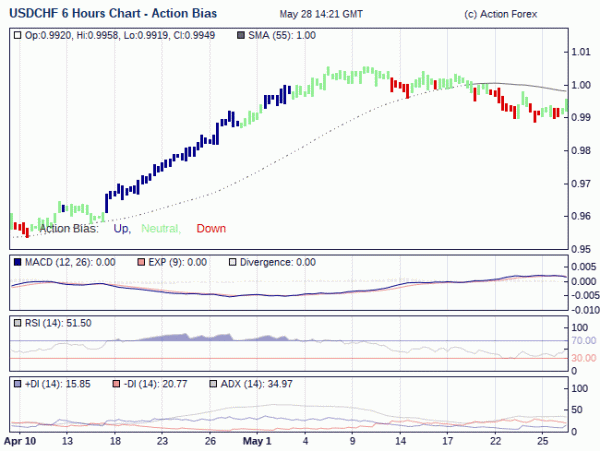
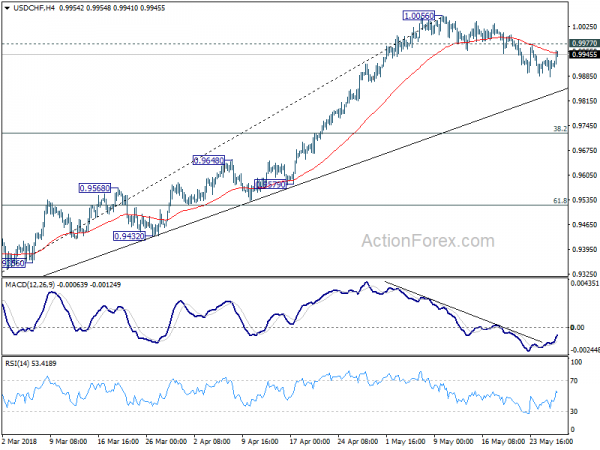
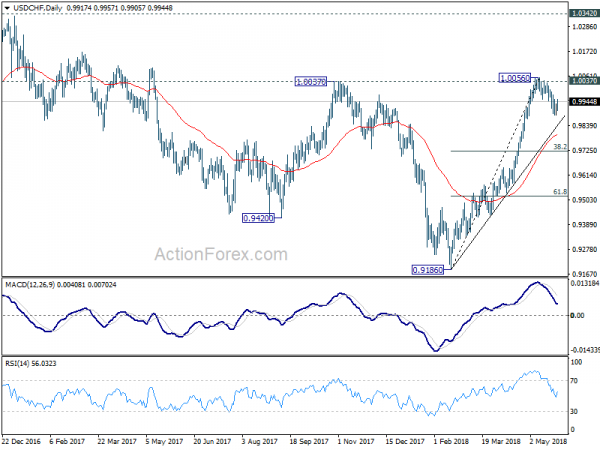
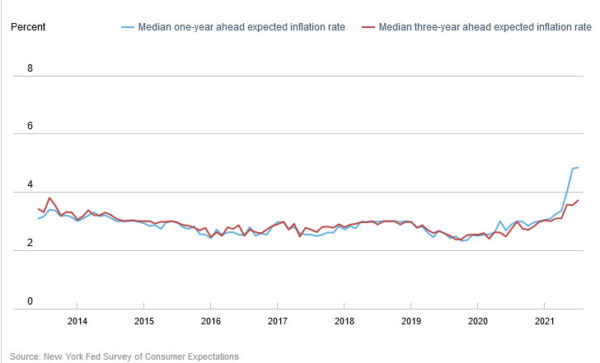
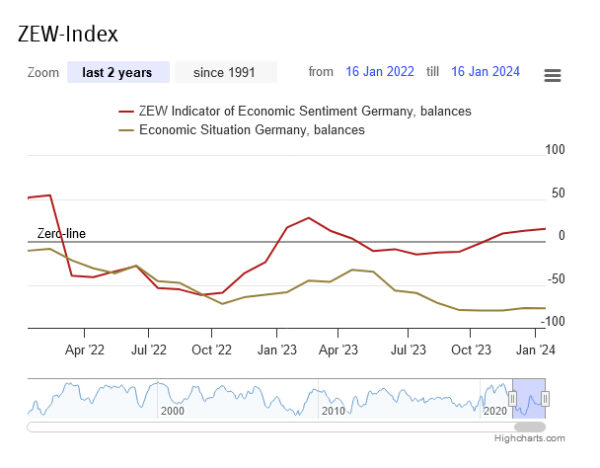
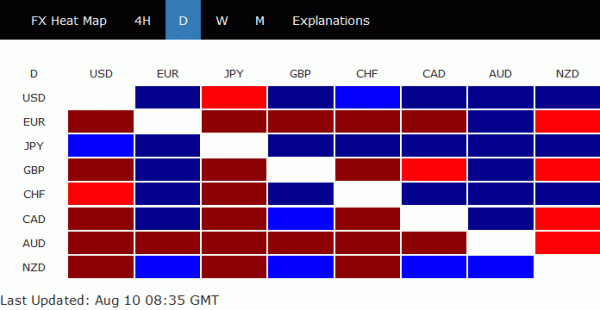
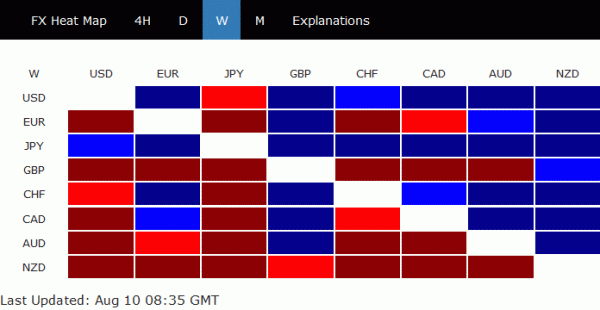

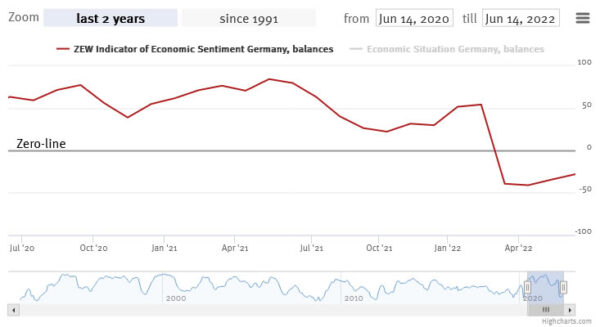
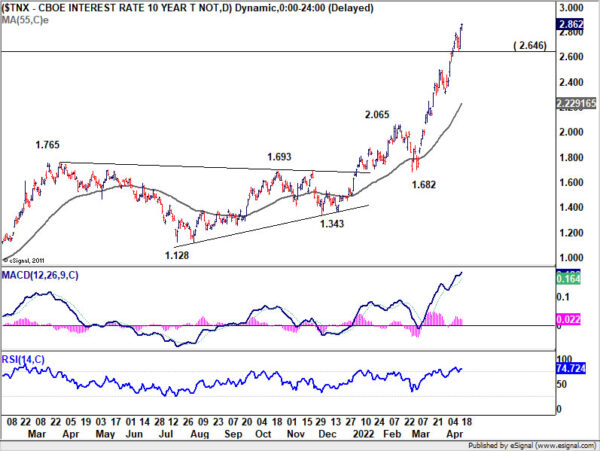
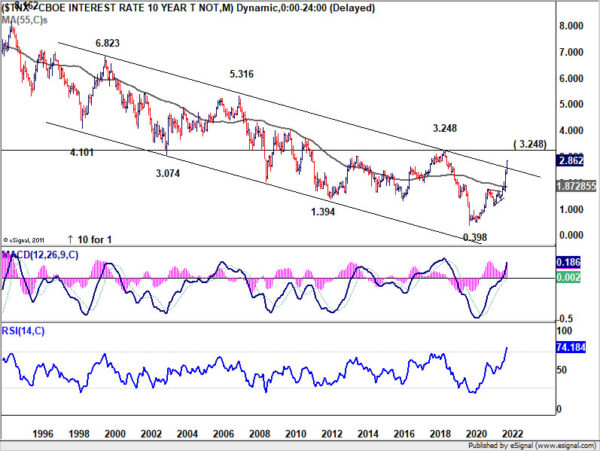
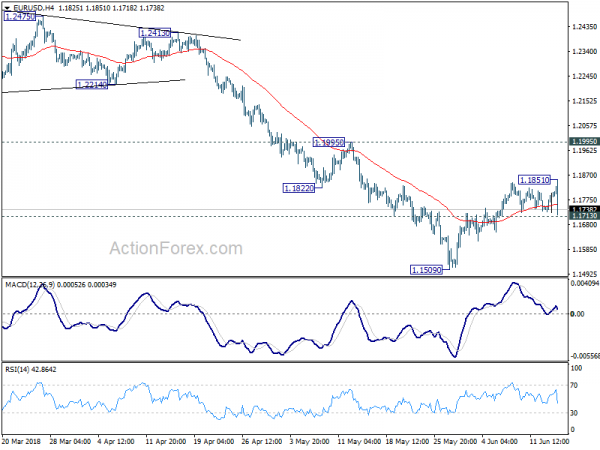
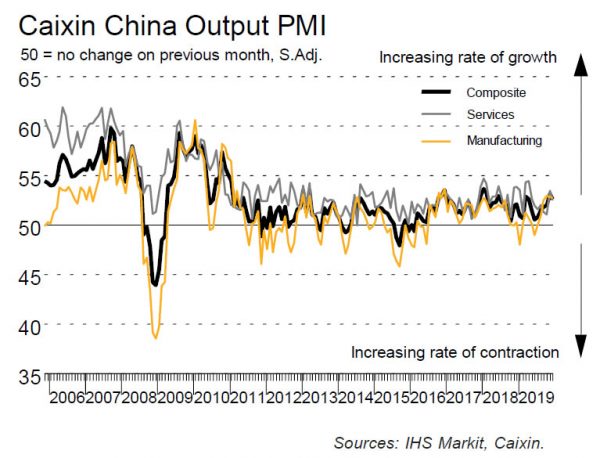
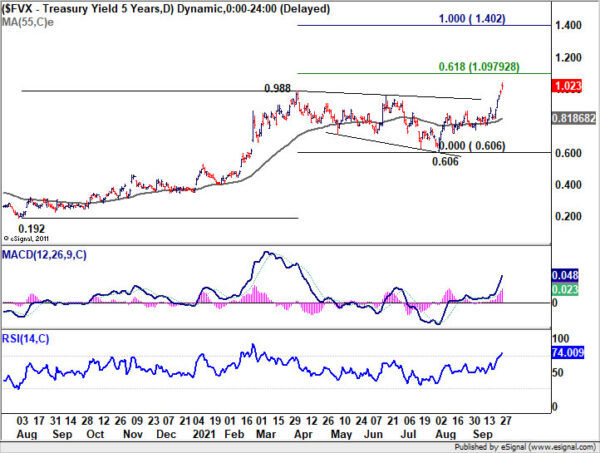
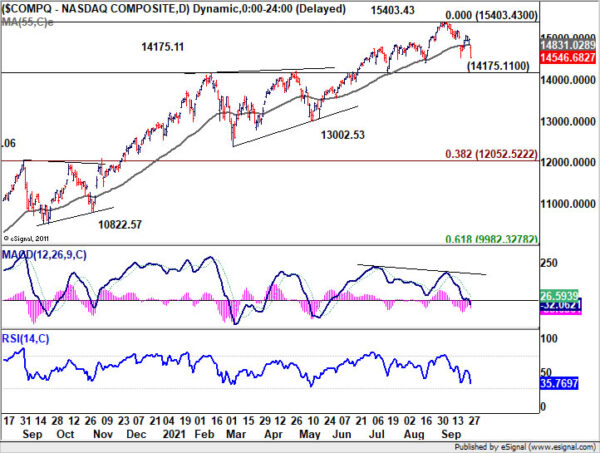
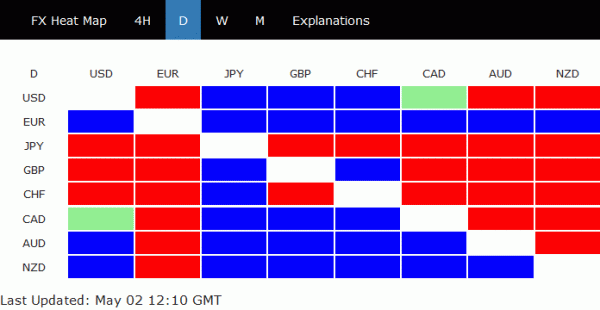
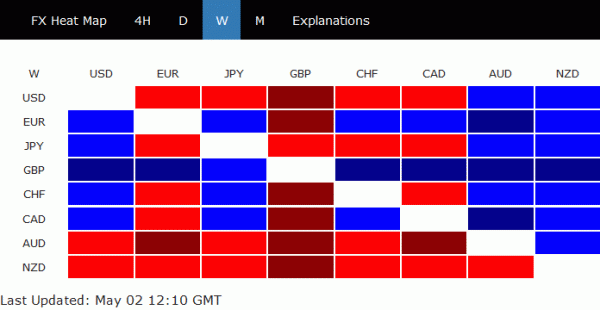

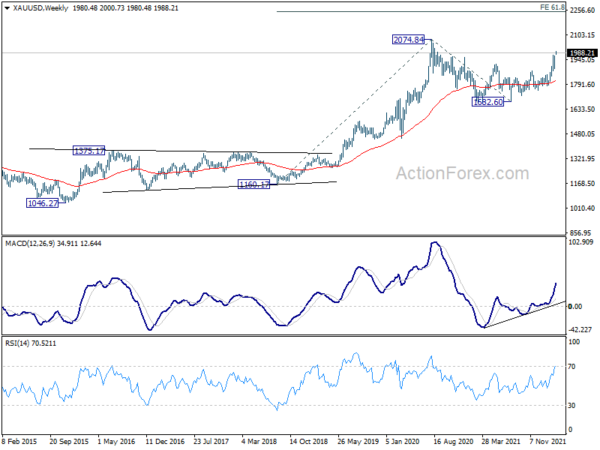
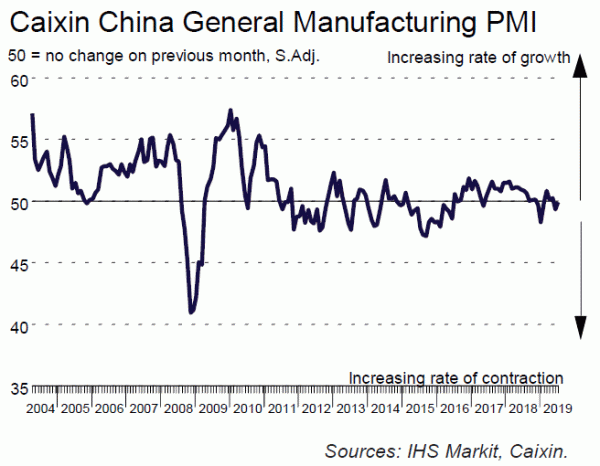

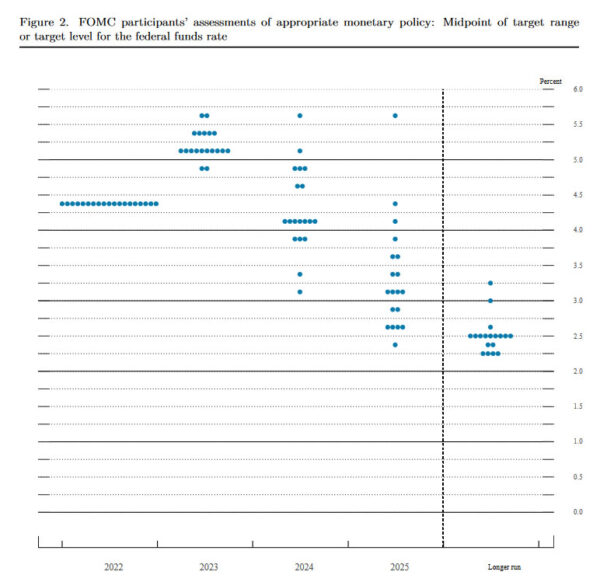
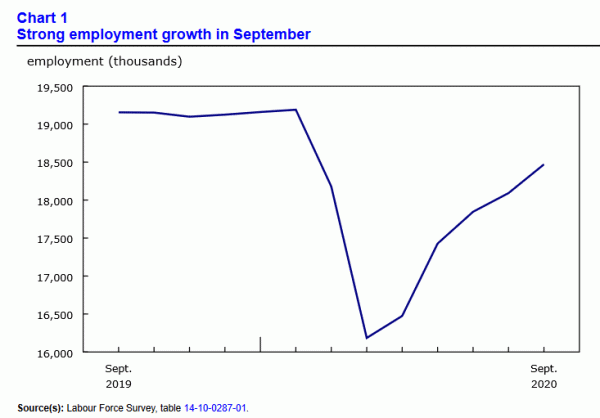

GBPCHF downside breakout imminent with today’s Sterling selloff
GBP/CHF’s sharp fall this week now argues that the consolidation pattern from 1.3049 is completed at 1.3265, after failing to sustain above 55 day EMA. Immediate focus is back on 38.2% retracement of 1.1638 (2016 low) to 1.3854 (2018 high) at 1.3007, which is also close to 1.3 psychological level. Decisive break there will carry larger bearish implications and affirm the case that whole rise from 1.1638 has completed at 1.3854.
In that case, next near term target is 61.8% projection of 1.3854 to 1.3049 from 1.3265 at 1.2768. We’d actually expect deeper fall to 100% projection at 1.2460 in medium term. That is close to 61.8% retracement of 1.1638 to 1.3854 at 1.2485. For position trading, one can consider selling at market, with a tight stop above today’s high at 1.3140, with the above two projection levels at first and second targets.